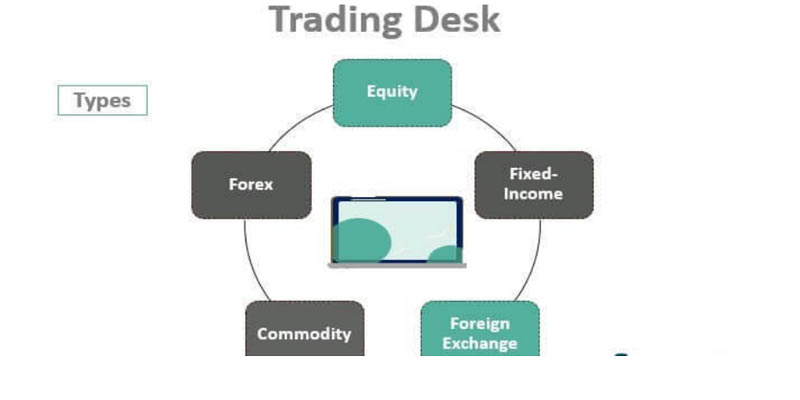The tax base is the total income (including income from assets, investments, salary, etc.) that may be taxed by the taxation authority, including the state or federal government. The tax base determines the tax liabilities due by the person or the company. The tax base serves as the overall base upon which the authorities can impose taxes.
A broad tax base is renowned for lowering tax administration expenses, enabling more income to be obtained at lower rates. In contrast, a narrow tax base is known for being inefficient and non-neutral.
How a Tax Base Works
A tax base is the total value of properties, income, or assets in a particular region or jurisdiction.
To determine your total tax liabilities, multiply the tax rates by the tax bases:
Tax Liabilities = Tax Base x Tax Rate
The imposed tax rates vary according to the type of taxes and the total tax bases. Each tax rate schedule is used to calculate gift tax, income tax, and estate tax.
Tax Base Examples
Taxpayers are subject to various state and local taxes and federal taxes. Most investors are subject to state income tax assessments, while homeowners pay municipal property taxes. The assessed value of the house or structure serves as the tax foundation for property ownership. States charge an income sales tax, which is levied on business dealings. The retail price of the goods a customer purchases serves as the tax base for income sales tax.
Features of Tax Base
There are certain features of tax bases, including,
Simplicity
The tax base is simple to determine. All you are ever required to do is assess the net sum of all the properties, revenues, or assets liable for taxation. The government will subsequently be able to figure out the overall number of taxpayers and determine the taxable income as a result. This straightforward strategy would assist you in comprehending the complete amount of tax that the state or federal government will typically earn.
Taxable Income Gauge
By considering the tax base of the economy as a whole, the official data collected from different places assist the federal government in determining the overall revenue it typically receives, which is typically from taxable income. This data helps the state government calculate the overall revenue it can produce for the preceding assessment year.

Broad Tax Base Increases Revenue
When a state or federal government decides to tax other items indirectly, such as Value - added tax (VAT), excise duty, central duty, imports, tariffs, and so on, its tax base broadens. The expanded tax base would provide the government with additional revenue. The government may use this tax base for beneficial initiatives like social and welfare projects, funding construction projects, etc. Such efforts would advance the progress of the country.
Tax Base is an accountable source.
As soon as a state or federal government establishes its tax base, this will be a reliable source of income. Now that this information is available, various agencies can use it to combine statistical data. This statistic is a trustworthy source to compare a country's tax collection with that of other nations and determine the overall amount of taxes collected.
Types of Tax Base
Broad and narrow tax bases are the two main categories of the tax base. A narrow tax base is less taxed, non-neutral, and inefficient. Conversely, a broad tax base is seen as favorable because it taxes more people, which lowers the cost of tax administration and enables more money to be earned at lower tax rates.
Broad vs. Narrow Tax Bases
The ability to raise more money at lower tax rates is made possible by broad tax bases, reducing tax administration expenses because they do not generate much revenue. In contrast, narrow tax bases—brought on by a range of exemptions and deductions—are considered non-neutral and ineffective.
Certain factors can cause a tax base to be narrow rather than broad.
- Tax expenses that result in lower income tax, such as deductions, exemptions, and credits
- Deductions that, if certain criteria are met, lower taxable income.
- Exemptions that prevent items from being taxed because of their status, class, or category
- Tax deductions like the standard deduction for child tax credits, certain sales tax exemptions, and taxable income.
- Services, as taxing them is difficult administratively
- Exemption from the real estate tax base of both tangible as well as intangible personal asset
- Exemptions from taxation prevent tax pyramiding, which may result in higher tax rates for specific industries.
Tax Base Limitations
Neglects the shadow economy
Several people work in illegal industries like the drug trade. As they are typically not reported, there are no taxes on them, but the mediators frequently earn a lot. It frequently overlooks such income and excludes the shadow economy.
A narrow Tax Base may impede growth.
The tax base becomes narrow if a state tends to stick with taxing only one sector, like income tax, or fails to consider taxing additional indirect sources like Value-added Tax (VAT). The government will lose money as a result of this narrowing. The loss of such income will lower the government's income and may prevent it from engaging in initiatives that are beneficial to the economy, which may limit growth.
Excludes Tax Relief and Exemptions
The government may provide incentives for specific industries, relieving those who rely on those professions and exempting them from paying taxes. Also, the government has implemented several perks and exemptions that encourage people to save money or invest in certain things to benefit from tax breaks. The state government will have its tax base significantly decreased, further lowering its revenue, which is a drawback.





